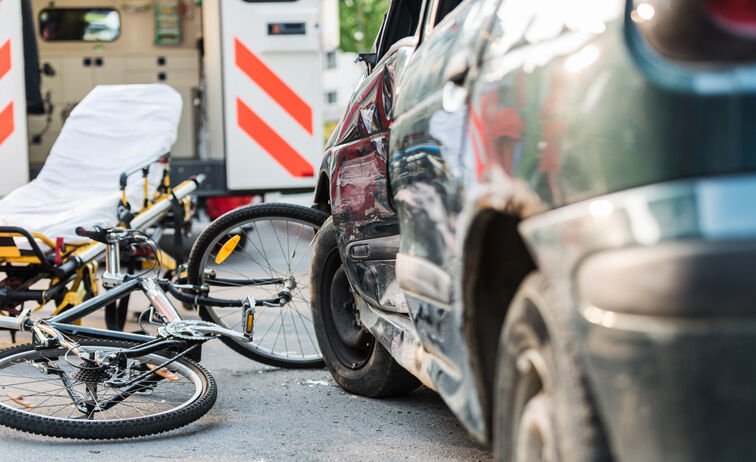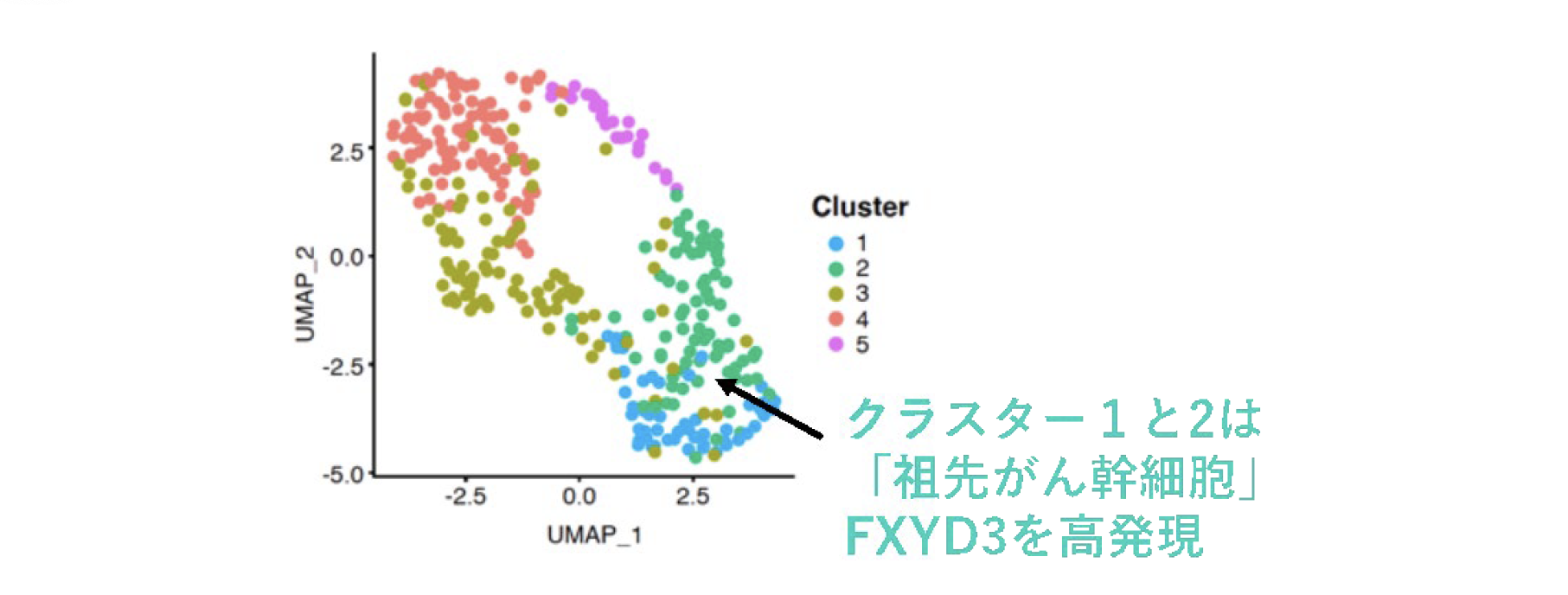2023-11-15 カロリンスカ研究所(KI)

Traffic accidents are a common cause of acute cranial injury. Photo: Getty Images
◆この研究から得られる情報は、将来的にはより個別化された治療の実現につながることが期待されています。研究者たちは、このアプローチが異なる療法の同定に利用され、現在同じ治療を受けている異なるグループの患者に対しても適用される可能性があると述べています。
<関連情報>
- https://news.ki.se/clustering-method-can-better-describe-the-pathological-process-in-patients-with-traumatic-brain
- https://www.thelancet.com/journals/laneur/article/PIIS1474-4422(23)00358-7/fulltext
集中治療室における外傷性脳損傷患者(CENTER-TBI)における疾患経過の臨床的記述因子:多施設観察コホート研究 Clinical descriptors of disease trajectories in patients with traumatic brain injury in the intensive care unit (CENTER-TBI): a multicentre observational cohort study
Cecilia A I Åkerlund,Anders Holst,Shubhayu Bhattacharyay,Nino Stocchetti,Ewout Steyerberg,Peter SmielewskiDavid K Menon, Ari Ercole, David W Nelson, on behalf of the CENTER-TBI participants and investigators
Lancet Neurology Published:November 14, 2023
DOI:https://doi.org/10.1016/S1474-4422(23)00358-7
Summary
Background
Patients with traumatic brain injury are a heterogeneous population, and the most severely injured individuals are often treated in an intensive care unit (ICU). The primary injury at impact, and the harmful secondary events that can occur during the first week of the ICU stay, will affect outcome in this vulnerable group of patients. We aimed to identify clinical variables that might distinguish disease trajectories among patients with traumatic brain injury admitted to the ICU.
Methods
We used data from the Collaborative European NeuroTrauma Effectiveness Research in Traumatic Brain Injury (CENTER-TBI) prospective observational cohort study. We included patients aged 18 years or older with traumatic brain injury who were admitted to the ICU at one of the 65 CENTER-TBI participating centres, which range from large academic hospitals to small rural hospitals. For every patient, we obtained pre-injury data and injury features, clinical characteristics on admission, demographics, physiological parameters, laboratory features, brain biomarkers (ubiquitin carboxy-terminal hydrolase L1 [UCH-L1], S100 calcium-binding protein B [S100B], tau, neurofilament light [NFL], glial fibrillary acidic protein [GFAP], and neuron-specific enolase [NSE]), and information about intracranial pressure lowering treatments during the first 7 days of ICU stay. To identify clinical variables that might distinguish disease trajectories, we applied a novel clustering method to these data, which was based on a mixture of probabilistic graph models with a Markov chain extension. The relation of clusters to the extended Glasgow Outcome Scale (GOS-E) was investigated.
Findings
Between Dec 19, 2014, and Dec 17, 2017, 4509 patients with traumatic brain injury were recruited into the CENTER-TBI core dataset, of whom 1728 were eligible for this analysis. Glucose variation (defined as the difference between daily maximum and minimum glucose concentrations) and brain biomarkers (S100B, NSE, NFL, tau, UCH-L1, and GFAP) were consistently found to be the main clinical descriptors of disease trajectories (ie, the leading variables contributing to the distinguishing clusters) in patients with traumatic brain injury in the ICU. The disease trajectory cluster to which a patient was assigned in a model was analysed as a predictor together with variables from the IMPACT model, and prediction of both mortality and unfavourable outcome (dichotomised GOS-E ≤4) was improved.
Interpretation
First-day ICU admission data are not the only clinical descriptors of disease trajectories in patients with traumatic brain injury. By analysing temporal variables in our study, variation of glucose was identified as the most important clinical descriptor that might distinguish disease trajectories in the ICU, which should direct further research. Biomarkers of brain injury (S100B, NSE, NFL, tau, UCH-L1, and GFAP) were also top clinical descriptors over time, suggesting they might be important in future clinical practice.
Funding
European Union 7th Framework program, Hannelore Kohl Stiftung, OneMind, Integra LifeSciences Corporation, and NeuroTrauma Sciences.

